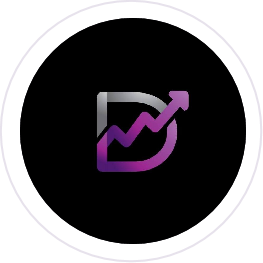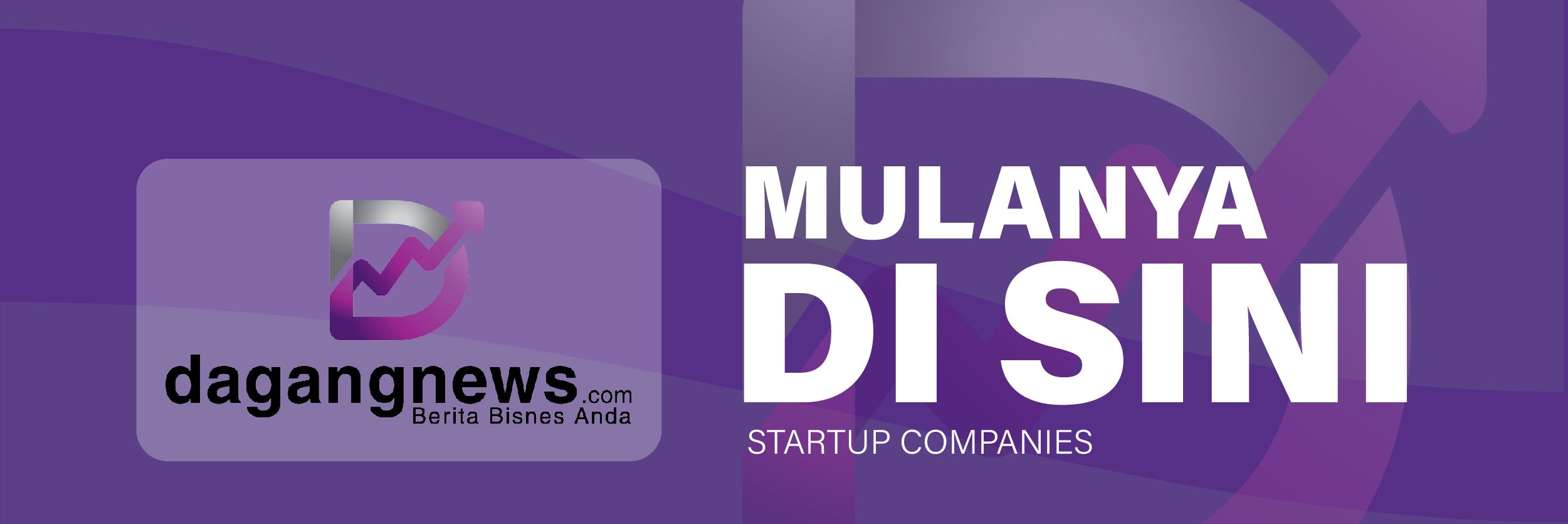 DagangNews.com
DagangNews.com

SO you’ve taken the leap and created the website for your online shop, then you wonder, “What do I do next?” I would say the next step is to promote and sell whatever product or service you have on display.
We’re all familiar with what marketing means, but some of us aren’t making the best use of it. I won’t go into detail as to why marketing is important, but it’s easily understood that when businesses don’t maximise all the tools at their disposal, they miss out on making their products visible to the public and converting that visibility into sales. At a time when the e-commerce industry is booming and everyone is bringing their businesses online, competitive edge is the number one priority and how you can set yourself apart is by the way you market your business.
There are several types of marketing that we may not be aware of or have even forgotten about. Nowadays, we’re more likely to recognise online marketing as we move into the digital space. For a new business, I imagine that it’s overwhelming figuring out which method is most suitable and effective. Each tool functions differently and produces their own results, therefore from my experience, it’s wise to use a combination to achieve the most optimal outcome.
Email Marketing
It’s quite common to see a field for you to enter your email address to sign up for a newsletter when visiting a website. These fields are usually at the bottom of the page or if that business is diligent, a message will pop up to nudge you to fill it in so you can get the latest updates sent straight to your inbox.
For e-commerce websites, email marketing is the way to go. Nearly everyone has an email account, meaning you can reach just about anyone within your target market if you make use of this tool. You might be thinking that emails are an outdated way of communicating, but if they really were, not a single online store today would bother to offer promotional discounts to prospective customers just to get them to sign up for their newsletter. Emails are also easy to track. You can look at the statistics of open rates, click-through rates, email forwards or shares on social media platforms and gauge how effectively your message is getting across to your customers.
A quick word of advice: build your mailing list organically and never purchase it. The goal with email marketing is to connect with the customers, either existing or potential, who know about your business and will increase conversion rates. Nurturing genuine relationships with these customers leaves a more positive impact on your business than if you were to send an email blast to the wrong target market.
Social Media Marketing
Social media is an excellent tool to supplement your marketing efforts. In Malaysia, the number of social media users have increased by 4.1% between April 2019 and January 2020, with a penetration rate of 81%. Facebook, Instagram, Twitter and TikTok serve a useful purpose in engaging your target audience in a new and dynamic way. Social media content contributes to the branding of a business and customers often look to social media accounts in considering whether the business is worth buying from.
For the business owners who are cautious of their financial costs as a result of the pandemic, I would suggest investing the time and effort (as opposed to investing your money) in consistently managing your business's social channels. By doing so, you are able to substantially and organically grow your follower base while saving money. A majority of our customers, who are SMEs, concentrate on this type of marketing activity as this is where the bulk of their customers are.
If you’ve just launched your website, ensuring a presence on social media has these benefits to your business: building a community, driving traffic to your website, enhancing recognition of your brand and retaining customer loyalty.
Analytics
Analytics is an essential tool for any and every e-commerce business. After starting your e-shop, you might receive an impressive number of visitors. This number could dwindle as time passes and this is when you’ll want analytics to improve the rate in which customers return to your website. Analytics help you understand why your customers were initially interested to visit your shop and how you can attract more prospective customers to do the same.
In essence, utilising analytics as part of your marketing strategy helps you to better understand your customers. It also evaluates how your products and market are performing and helps you to implement better strategies for your business if any weaknesses are showing through.
Search Engine Optimisation (SEO)
I once was told a joke that if it's not on the first page of Google, it doesn't exist. I’m not keen on spending too much time searching for something on the internet and it seems that other people feel the same way, which is why SEO should not be overlooked when strategising your marketing tools.
SEO improves the visibility of your brand through organic search results. Ideally, when prospective customers look up information related to your business, you would want the link to your website to be right up at the top of the results page so that it’s the first thing people see. If you were to type “web based parcel consolidator” into the search box on Google, EasyParcel is the first result. From something as quick as a search, we’ve been able to subtly let people know that our business exists.
To optimise SEO for your website, here are some best practices I recommend:
- Add the main keywords at the top of your page
- Write unique descriptions and avoid duplicating content
- Optimise your website’s loading speed
- Name image files with descriptive words
- Include backlinks on your website
Digital Ads
This is a no-brainer and probably what you thought of first when it comes to marketing tools. As I said, we’re moving into digital spaces and long gone are the heavy physical directories. Everyone searches on the internet now before they buy a product or engage in a service, so digital ads greatly increase visibility of your business and brand. Digital ad slots are available on various online platforms, such news portals, blogs and YouTube videos, so you have the ability to target specific audiences to get the results you want.
Traditional Marketing
Despite advancements in technology changing the way we market our businesses, I wouldn’t discount the traditional ways we can promote our products and services. Media appearances, whether it be online, broadcast or print, are a surefire way to let the general public know that your business exists. Not only that, coverage of your services or products in the business section of a newspaper or a lifestyle television programme heightens the credibility of your brand, subsequently instilling trust among your customers. Making use of traditional marketing by way of appearing in media platforms also provides you the opportunity to manage the messaging you want to impart onto your customers and this, too, will reinforce trust and loyalty with them.
We may not pay much attention to billboards or what’s advertised in magazines anymore, but a gripping visual paired with catchy copywriting grabs people’s attention and leaves a lasting impression on them - an impression they would share with family and friends by word of mouth. Out of home and paid print advertisements might not be a method you would pursue when you’ve just built your e-commerce website due to high costs and the inability to track its success on conversions. Word of mouth marketing, on the other hand, is a simple yet powerful tool to be utilised as prospective customers are more willing to purchase from a brand that has the stamp of approval from someone they trust.
Product Packaging
Another non-digital marketing tool to consider, and it wouldn’t be an additional cost to your business’s marketing expenses, is the packaging of your products. One of the first impressions customers have of your business is the presentation of your products once it reaches them. Consumers lay emphasis on the box, bag or envelope their purchases come in and take into consideration what it reflects of your brand. Product packaging is another simple and impactful tool I recommend you make use of, especially as you start out your e-commerce website and need to distinguish yourself from your competitors as soon as possible.
I anticipate even more businesses setting up their own e-commerce website in the upcoming year, meaning the marketing tools you need for yours must cover all the bases. I'm a big fan of email marketing as they're an excellent way to build relationships with your customers and extend the reach of your brand. And as consumers’ reliance on social media grows, an engaging presence on Instagram and Facebook complements emailing efforts perfectly to further expand the publicity of your business and boost your customer base.
Appearing in the media or advertising in media spaces, allows for a greater exposure to the general public, which enhances the credibility of your brand and triggers daily conversations by your customers freely advertising your business. Product packaging can also prompt word of mouth marketing and it’s another technique I would advise to leverage on. With all these put in place, gathering the data through analytics tools will help you to better understand what your customers want and how you can improve your marketing plan. With all this said, my last words are to strategically combine these methods if you’re looking for the best possible outcome to kick-start promoting your e-commerce website. - DagangNews.com
Clarence Leong is the Founder and CEO of EasyParcel. He started his entrepreneurship journey in 2010 and disrupted the logistics industry in Malaysia in 2014 with EasyParcel by providing the country’s first single-point logistics service. The startup has since served over half a million SMEs across Malaysia, Singapore, Thailand and Indonesia with more than 25 million parcels delivered today.

